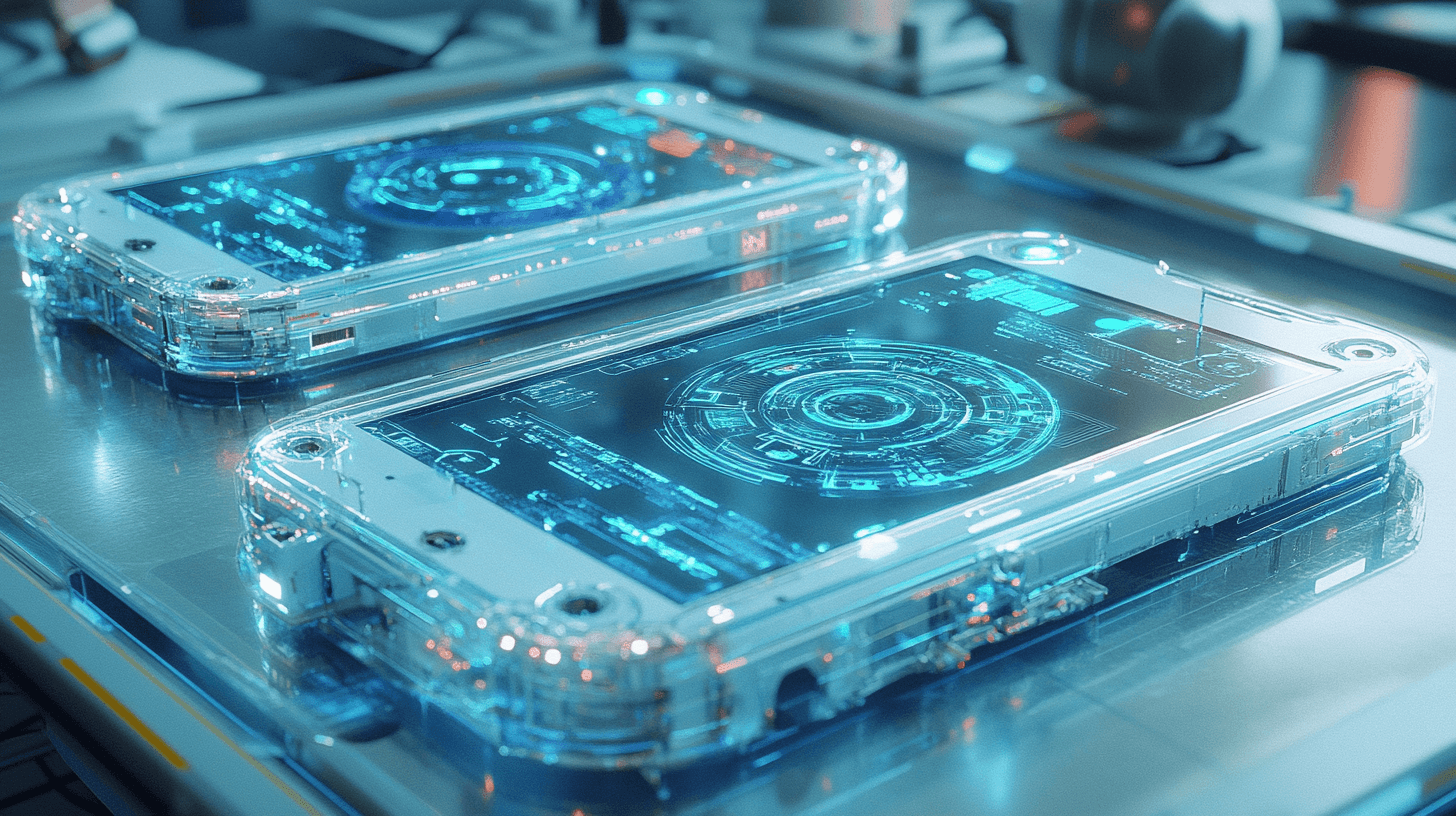Product copied? You need to know this about patent infringement
In a series of blog posts, Marco Coolen provides an insight into his work as a Dutch and European patent attorney at AOMB.
Published on March 9, 2025

Marco, a patent attorney at AOMB since 2013, shares his expertise on IO+ about patents—how they work, why they matter, and when they lose their value.
You have launched an innovative product on the market and suddenly a competitor appears with an almost identical version. A copy? Perhaps. But before you take action, it is crucial to understand exactly what is protected by your patent and when there is truly infringement.
A common misconception is that a patent protects the end product. In reality, you protect the underlying invention - the technical solution that forms the basis of the product.
This means a competitor's product can strongly resemble yours visually, without legally infringing on your patent. The appearance or general impression is of little importance in a patent case. What really counts is whether the competing product contains the characteristics in your patent claims.

Marco Coolen, photo © Bart van Overbeeke
How do you determine whether there has been an infringement?
If you want to determine whether a competitor has infringed your patent, it is important to physically get your hands on their product. This is the only way to perform a thorough technical analysis. This process consists of three steps:
- Compare the product with your patent claims
- Does the product contain the same unique characteristics as described in your patent?
- Is the technique or method applied in the same form?
- Have a legal analysis carried out
- A specialist can assess whether there is direct or indirect infringement.
- Sometimes a competitor tries to stay just outside the scope of your claims.
- Determine your strategy
- If you have a strong case, you can consider legal action.
- However, often, a good negotiating position is enough to force a licensing deal or put pressure on the competitor.
What if you also want to protect the appearance?
Do you want to prevent a competitor from copying not only your technology, but also your design? Then a design registration is a smart addition to your patent.
- Patent → protects the technical functioning of your innovation.
- Design registration → protects the appearance and design of your product.
By combining the two, you ensure that both the technical core and the visual design of your product are protected from copying.
Not everything that looks similar is an infringement
If a competitor brings a similar product onto the market, it does not automatically mean that they are violating your rights. The question is not how it looks, but whether it contains the same patented technology.
In short, make sure you get your hands on the product, perform an analysis, and know exactly where you stand, including design rights. This will not only strengthen you legally but also strategically, putting you in the best position to secure your innovation and maintain your competitive advantage.

The World of Patents
With the help of Dutch and European patent attorney Marco Coolen (AOMB), we better understand the world of patents. How do they work, why are they important, and when do they lose their usefulness?
